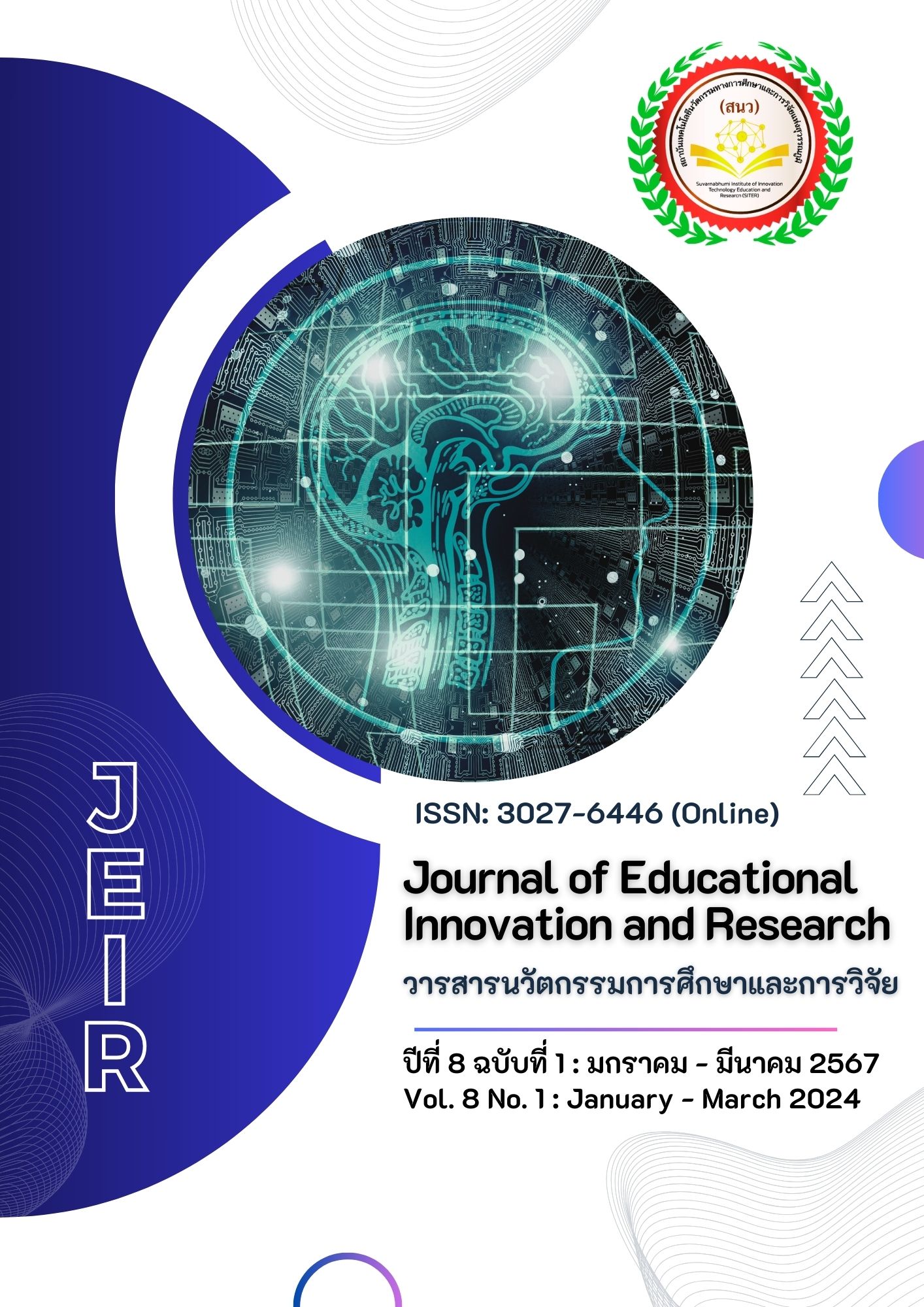กลยุทธ์การบริหารแรงงานกลุ่มผู้สูงอายุของผู้ประกอบการในเขตกรุงเทพมหานคร
Main Article Content
บทคัดย่อ
บทความนี้มีวัตถุประสงค์เพื่อ ศึกษาอิทธิพลของกลยุทธ์การบริหารแรงงาน การบริหารจัดการพื้นที่ทำงานเพื่อให้การทำงานมีประสิทธิภาพและการจัดการความรู้กับกลุ่มแรงงานผู้สูงอายุ ส่งผ่านการบริหารความรู้กับแรงงานผู้สูงอายุจากการจัดการความแตกต่างในแต่ละด้านไปสู่ความคาดหวังผลประกอบการขององค์กร และศึกษาตัวแบบที่เหมาะสมของการวางแผนเพื่อรองรับการบริหารจัดการแรงงานผู้สูงอายุของภาคธุรกิจไทยเป็นการวิจัยแบบผสมใช้แบบสอบถามเป็นเครื่องมือในการเก็บรวบรวมข้อมูลจากกลุ่มผู้ประกอบการที่มีจำนวนพนักงาน 15 คนขึ้นไปในเขตกรุงเทพมหานคร กำหนดกลุ่มตัวอย่าง 400 ตัวอย่าง สุ่มตัวอย่างแบบง่าย ทดสอบสมมติฐานด้วยการวิเคราะห์ค่าร้อยละ ค่าเฉลี่ย ค่าเบี่ยงเบนมาตรฐาน และตัวแบบสมการโครงสร้าง
ผลการศึกษา พบว่าการบริหารแรงงานผู้สูงอายุมีอิทธิพลทางตรงและทางอ้อมต่อการบริหารความรู้กับกลุ่มแรงงานผู้สูงอายุ มีค่าอิทธิพลทางตรงเท่ากับ -0.382 ค่าอิทธิพลทางอ้อมเท่ากับ 0.746 และค่าอิทธิพลรวมเท่ากับ 0.364 อย่างมีนัยสำคัญทางสถิติที่ระดับ 0.01 และการบริหารจัดการพื้นที่ทำงานเพื่อให้การทำงานมีประสิทธิภาพ มีอิทธิพลเชิงบวกทางตรงต่อการบริหารความรู้กับกลุ่มแรงงานต่างวัย โดยมีค่าอิทธิพลทางอ้อมเท่ากับ 0.948 และค่าอิทธิพลรวมเท่ากับ 1.136 อย่างมีนัยสำคัญทางสถิติที่ระดับ 0.01 การวางแผนด้านกลยุทธ์การบริหารจัดการแรงงาน การบริหารจัดการพื้นที่ทำงานเพื่อให้การทำงานมีประสิทธิภาพและการบริหารความรู้กลุ่มแรงงานผู้สูงอายุ มีอิทธิพลต่อการรับรู้ผลประกอบการขององค์กร พบว่าการบริหารแรงงานผู้สูงอายุ มีอิทธิพลเชิงบวกทางอ้อมต่อการรับรู้ผลประกอบการขององค์กร โดยมีการบริหารความรู้กลุ่มแรงงานผู้สูงอายุ เป็นตัวแปรคั่นกลางแบบส่งผ่าน โดยมีค่าอิทธิพลรวมเท่ากับ 0.304 อย่างมีนัยสำคัญทางสถิติที่ระดับ 0.01
Article Details

This work is licensed under a Creative Commons Attribution-NonCommercial-NoDerivatives 4.0 International License.
References
Amonvatana, C. et al. (2008) The research on direction and measure to enhance employment of the elderly [Office of the National Economic and Social Development Board (NESDB)].
Bricki, N. and Green, J. (2007). A Guide to Using Qualitative Research Methodology. Retrieved October 31, 2022, from https://fieldresearch.msf.org/handle/10144/84230
Cohen, J. (1988). Statistical Power Analysis for the Behavioral Sciences (2nd ed.). Hillsdale, NJ: Lawrence Erlbaum Associates, Publishers.
Cronbach, L. J. (1990). Essentials of psychological testing (5th ed.). New York: Harper Collins Publishers.
Duggan, M. (2015). Mobile Messaging and Social Media-2015. Washington, DC: Pew Research Center. The Journal of Dermatology, 23(4), 127–184.
Muszynska, M.M., and Rau, R. (2012). The Old-Age Healthy Dependency Ratio in Europe. Journal of Population Ageing, 5(3), 151-162.
Richard, L. (2000). Corporate Strategy. 3rd Ed. Essex, England: Pearson Education.
Westland, J. C. (2010). Lower bounds on sample size in structural equation modeling. Electronic Commerce Research and Applications, 9(6), 476–487.
Word Health Organization. (2002). Active Ageing; A Policy Framework, Geneva: World Health 10, February 2020. Retrieved October 31, 2022, from https://www.who.int/ageing/publications/active_ageing/en/

